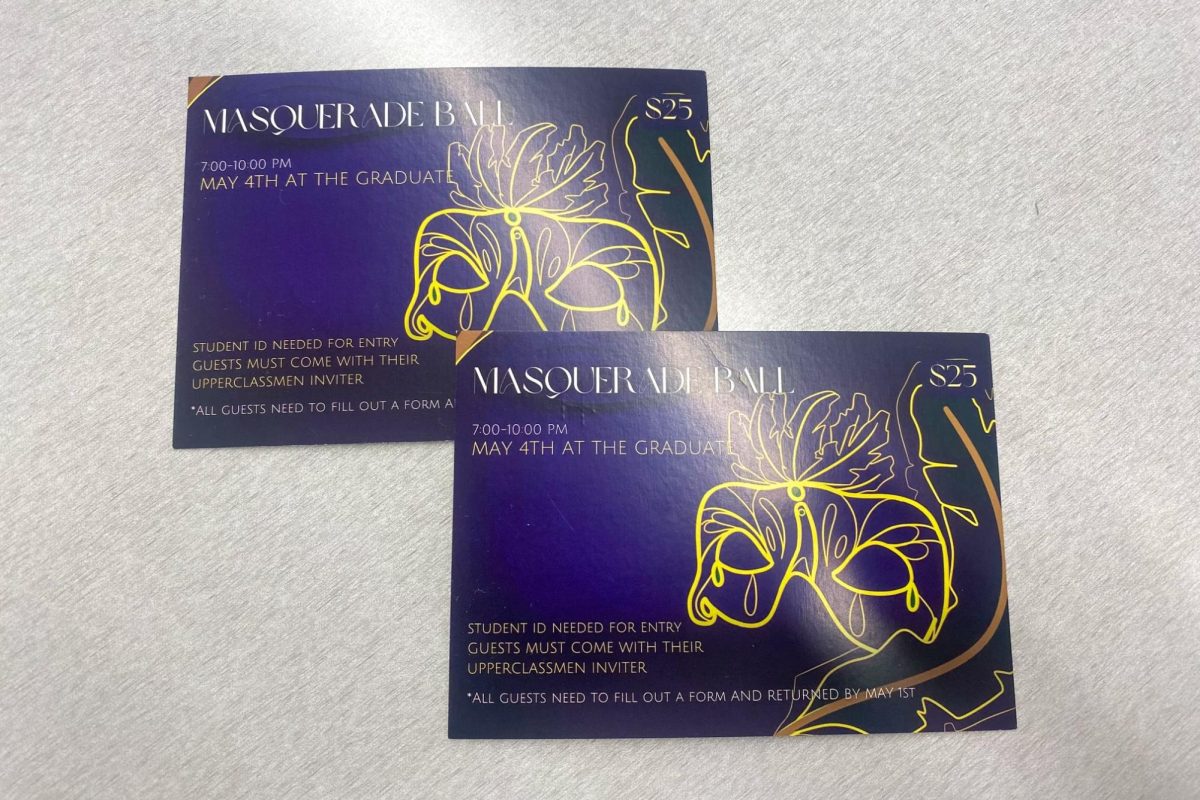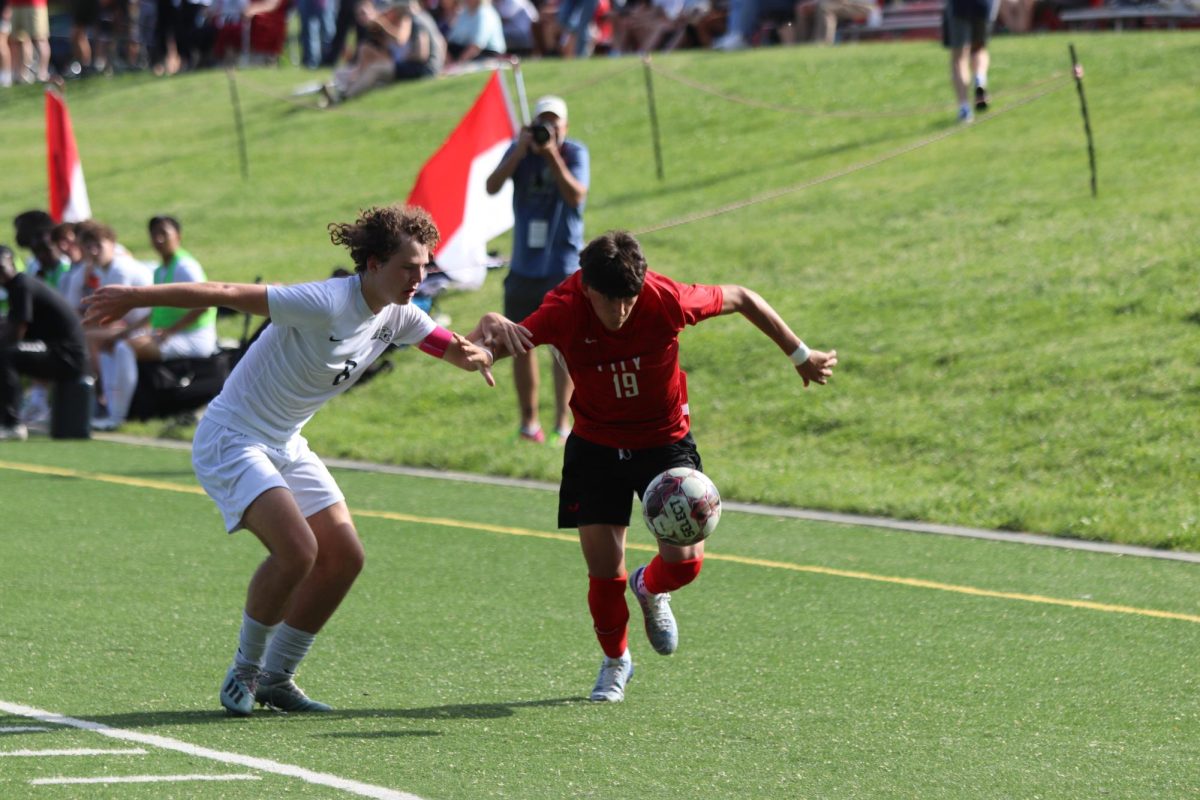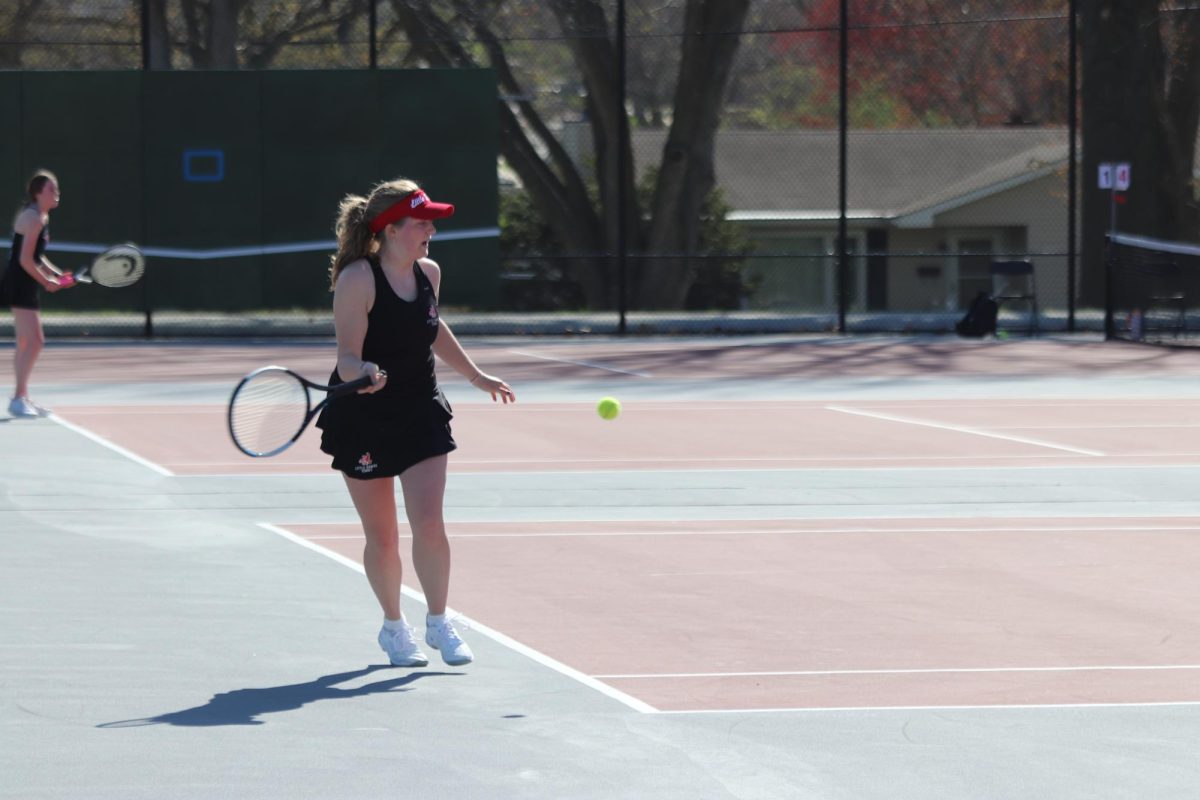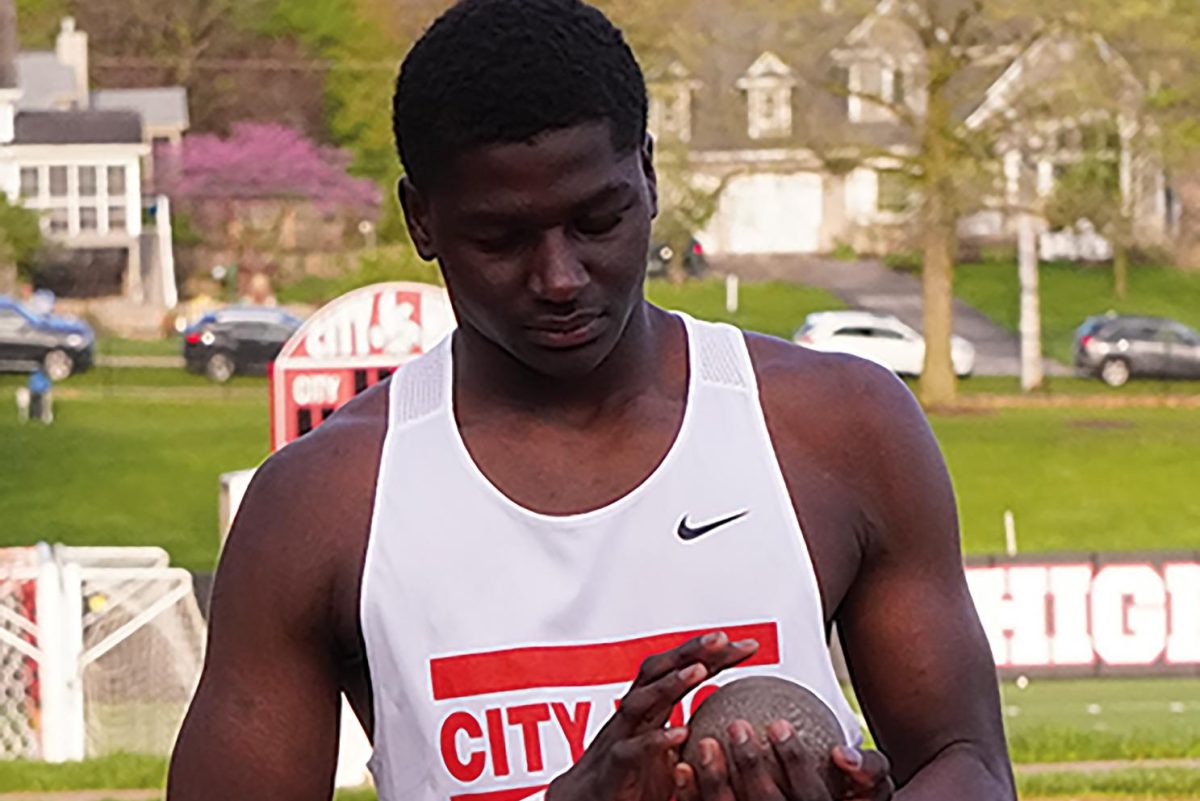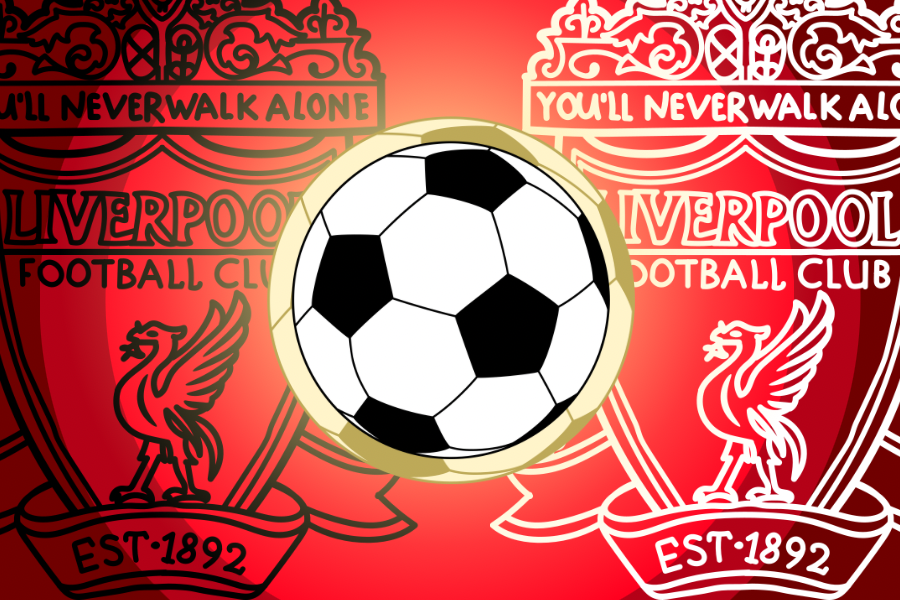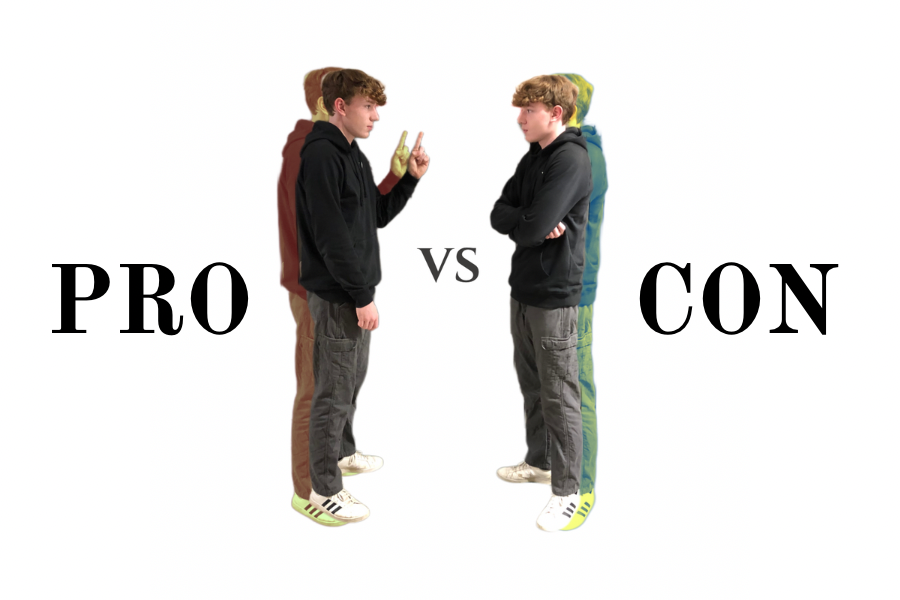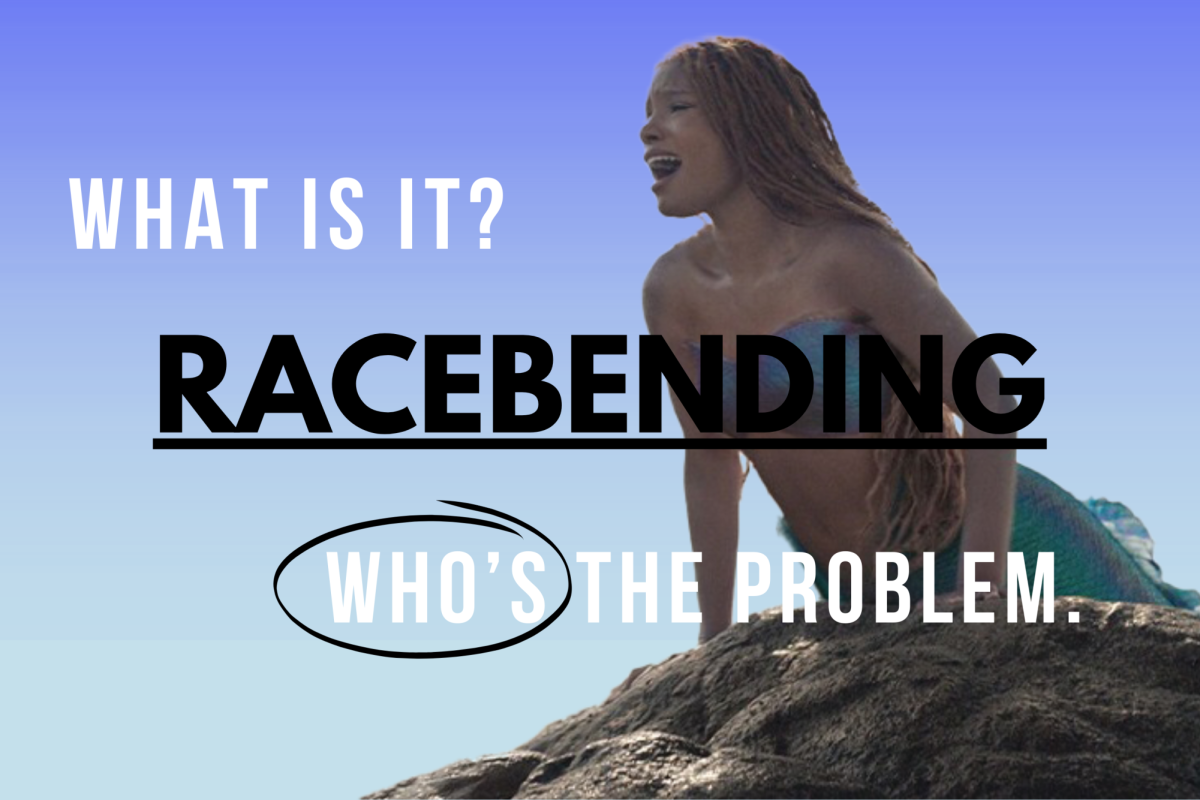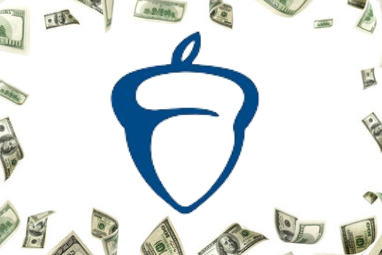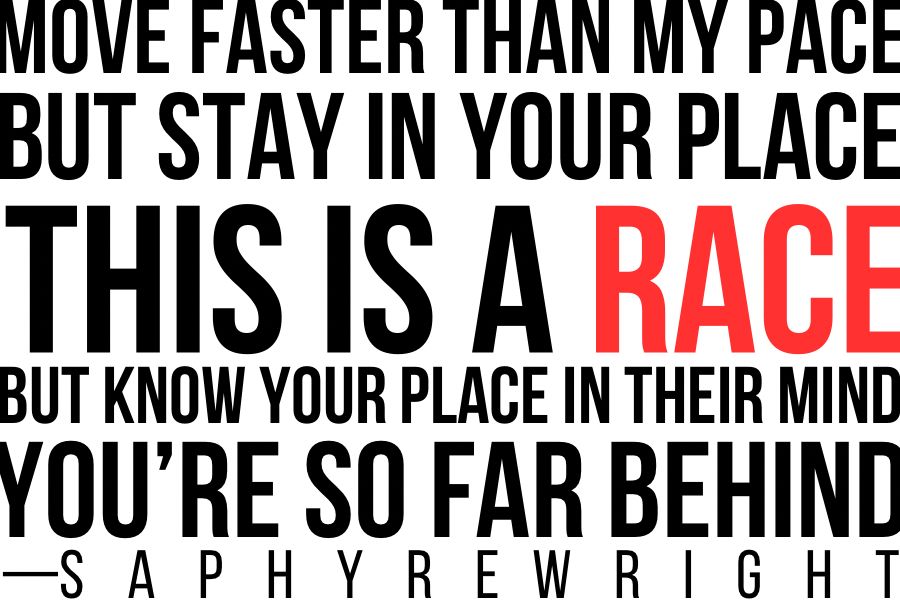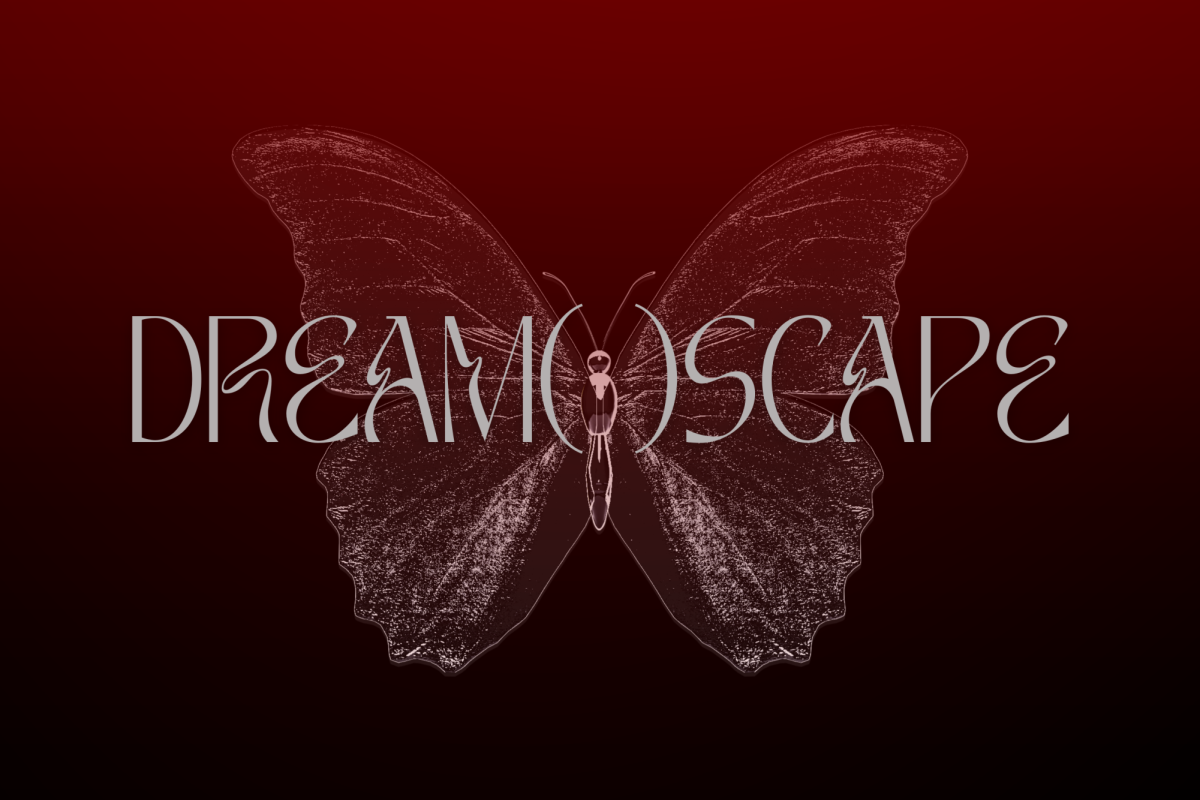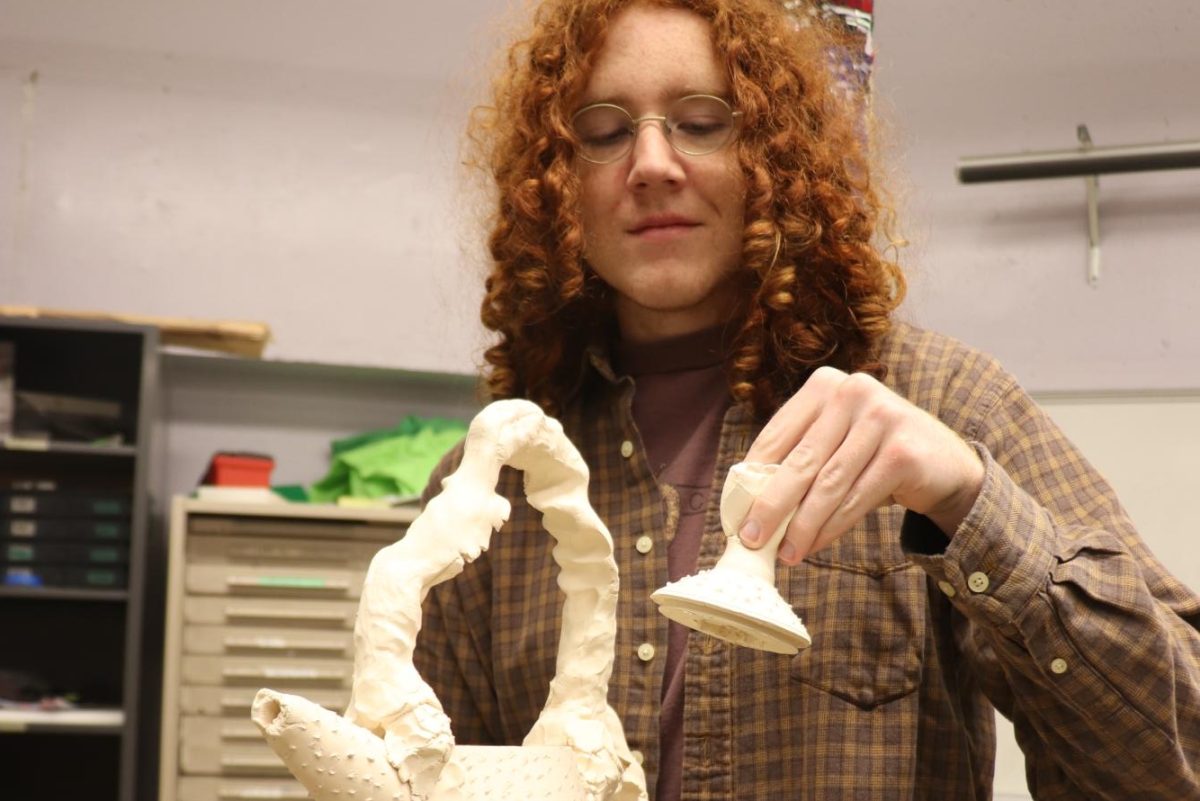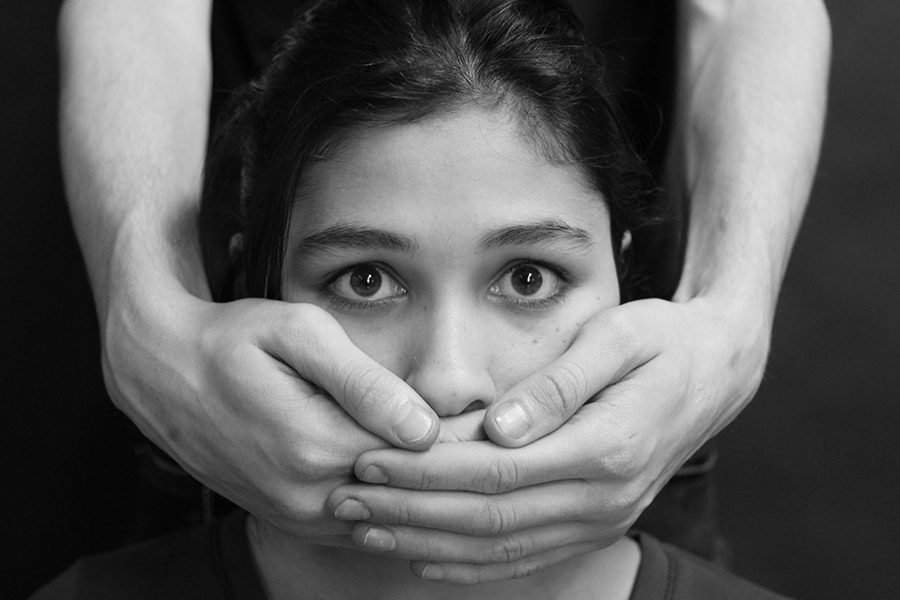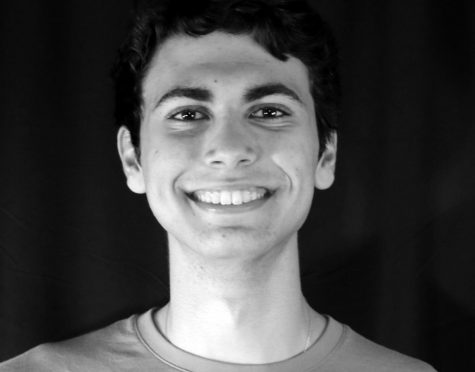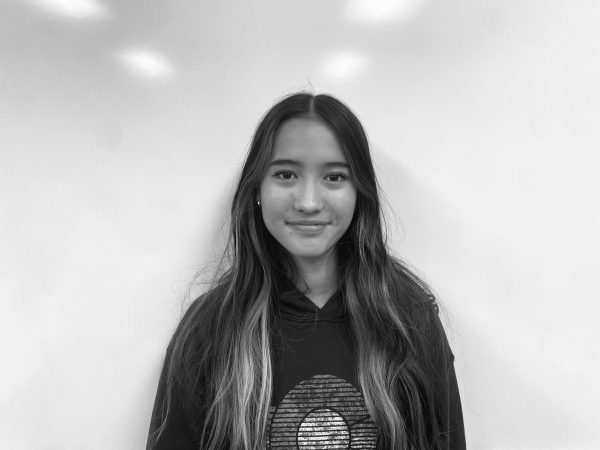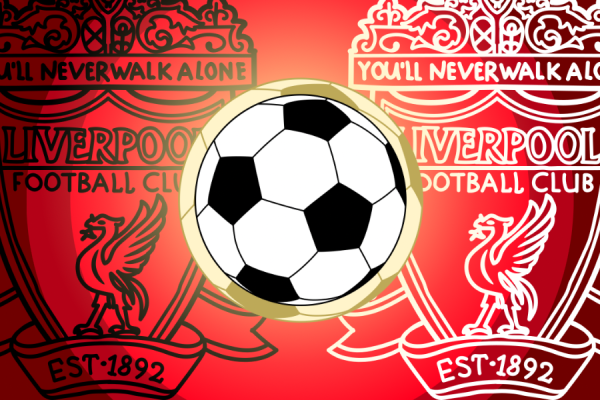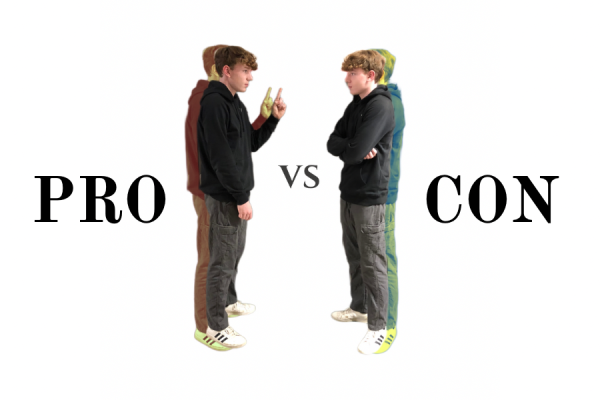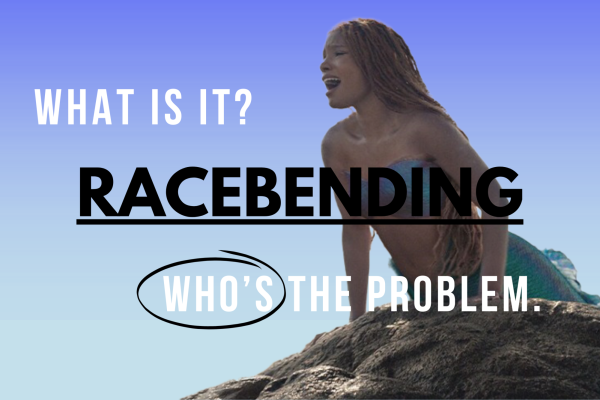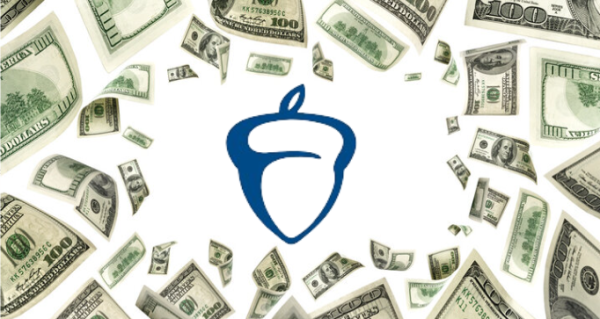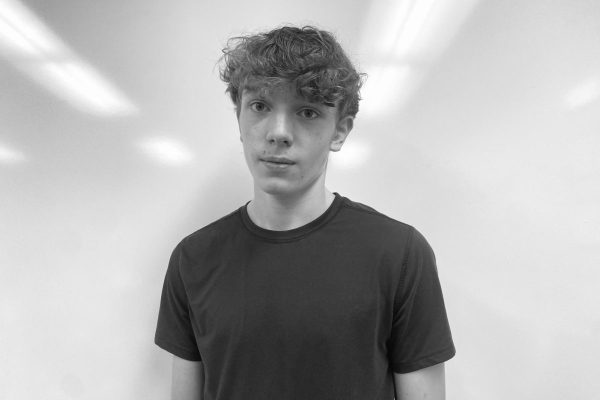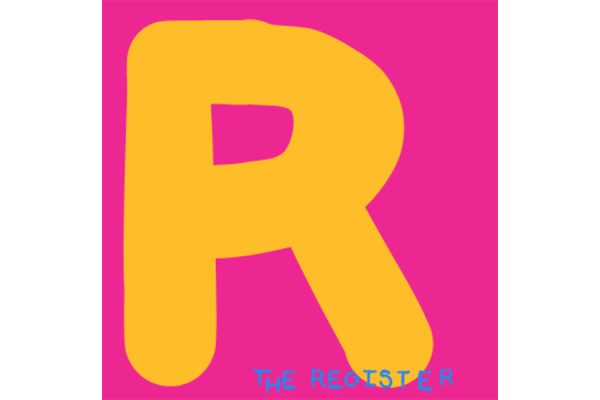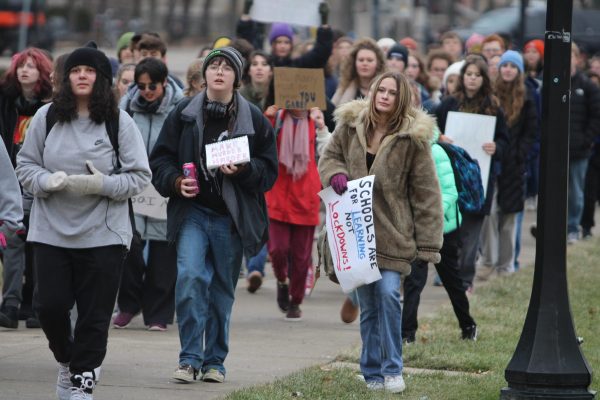The Myth of the Model Minority
Portrayals of Asian-Americans are unjust not only to themselves, but to other minorities as well
May 1, 2018
Within the United States, Asian-Americans as a whole are thriving economically. According to the Pew Research Center, Asian-Americans have the highest average hourly earnings of any racial demographic. This has given rise to the “Model Minority Myth,” in which Asian-Americans are stereotyped as industrious, studious individuals–and also as living proof that the system in America is perfectly fair and equal.
This portrayal of Asian-Americans is deeply problematic. It functions to reinforce white supremacy as it is used to continue racism and excuse inaction. The myth portrays Asians as a shining example for other minorities who may be, on average, poorer and less educated. In this way, the myth is used to shift the blame for income disparities from racism to the victims of racism. It continues the false idea that America is a utopia of perfect equality, in which anyone can be successful if only they work hard enough. However, the utopian view is flawed and fails to account for implicit biases against other minorities and years of systematic discriminatory policies like redlining that have hindered other minorities.
The myth also homogenizes oppression, as the struggles of Asian-Americans and other minority groups are portrayed as the same, when in reality they have differed historically. The oppression of those who suffered in internment camps and the oppression of those who were enslaved should not be conflated, even if there are some similarities. Additionally, while Asian-Americans did initially face rampant discrimination, the myth doesn’t account for how the media began to portray Asian-Americans as hardworking, industrious immigrants the very second that it became convenient to do so. In order to silence the voices of other minorities, the media created the positive image of Asian-Americans to contrast with a negative image of groups such as African-Americans, who were demonized and negatively stereotyped. In other words, the media portrayal of Asian-Americans did not change to combat racism against them. It changed to increase the racism inflicted upon other minorities.
Not only does the myth facilitate racism against other minority groups, it also is harmful to the model minority themselves. The stereotype results in skewed self views. In the context of education, enormous amounts of pressure are often put on Asian-American students to succeed and conform to the stereotype, which can be detrimental to mental health and can discourage Asian students from asking for help when they are struggling academically. Even in Iowa City, people have made jokes about Asian students automatically excelling at math or being forced to become doctors by their parents. Personally, in seventh grade, I was asked by a classmate if my parents would hit me if I received anything less than an ‘A’ based solely on the fact that he heard in attendance that my last name was Chen. Whether it was meant to be a harmless joke or not, it gave me the impression that I was automatically expected by my peers to get good grades.
Furthermore, it is imprudent to make generalizations about an incredibly diverse group. While Asian-Americans of East Asian descent tend to have higher incomes, other ethnic groups have significantly higher rates of poverty. As the myth focuses on the economic success of East Asians, it ignores the high poverty rates of other groups that do not support the desired narrative. For example, Burmese-Americans have a poverty rate of thirty-five percent, according to the Pew Research Center. In this way, the myth disregards the diversity of Asian-American communities and encourages people to overlook the barriers that they face.
The myth of the model minority should be abandoned and recognized for what it really is: a tool of white supremacy used to dodge any action on combating racism. Under the myth, Asian-Americans become living proof of how any inequality faced by other minority groups is self-inflicted. This in turn prevents people from taking responsibility for racism as they lose all fault. Along with this rejection of the myth must come the realization that there is no such thing as a positive stereotype, because even so-called “positive” stereotypes ultimately lead to negative impacts. The time has come for America to acknowledge that the model minority does not exist. Perhaps then, when the myth has been abandoned, systematic racism and inequality can truly be addressed.





